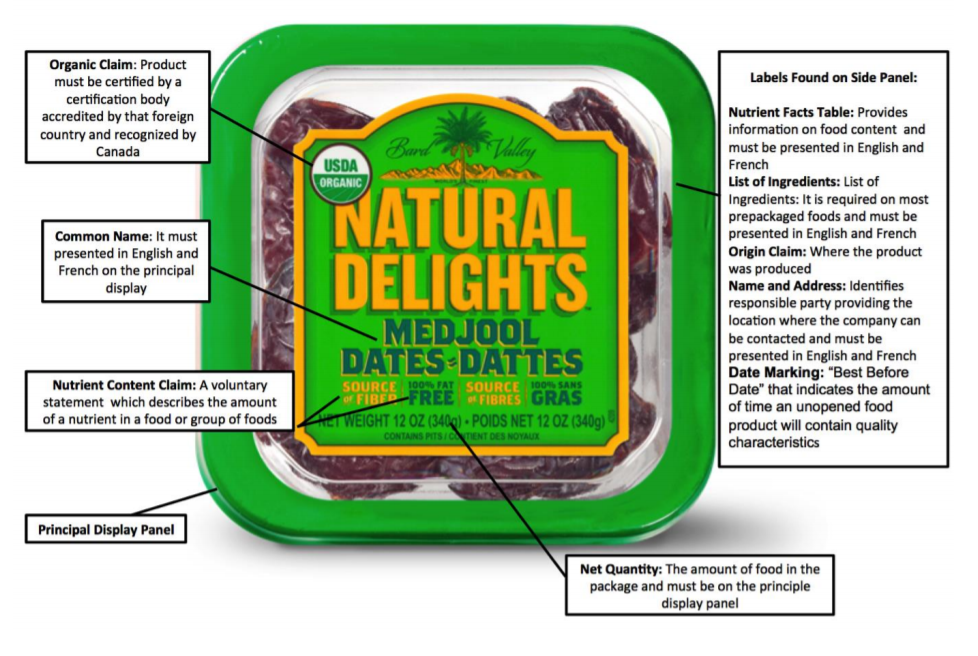Although it’s the last and final step of localisation, multilingual desktop publishing ensures that the entire tone and visual appeal of the original material are maintained. Without it, your material may not have the desired impact on the reader.
In the first article of this series, we talked about the process of multilingual DTP and the kinds of content you can use it for. If your brand’s audience is spread across the world or if you are planning to target an international audience, multilingual DTP makes your branding materials accessible and builds trust among your audience.
But that isn’t the only reason you must be investing your time and resources in multilingual desktop publishing.
Visually appealing layouts
Venngage surveyed 200 marketers and found that 25% of them were planning to spend up to 30% of their marketing budget on producing visual content. While visual content is popularly consumed online, it is equally essential for offline marketing.
A brand’s labels, pamphlets, magazines, brochures, etc., contribute to its consistent branding. This is why we’ve come to know, recognise, and identify popular brands by their visual elements – colours, logos, font size, font colour, and more. For instance, whenever you see a particular shade of purple, your mind instantly goes ‘Cadbury!’ or ‘Hersheys’ for a particular shade of brown.
Maintaining the visual appeal of all brand material becomes a little challenging when you’re translating the content into one or more languages. Every language has a unique writing script, and consequently, the layout of the material must be changed accordingly. When you avail multilingual DTP services, the service provider deals with these design technicalities and provides you with translated material that holds the same visual appeal as the original.
Efficient customisation of all kinds of documents
The best thing about multilingual DTP is that it isn’t restricted to a content or document type. It gives you the chance to customise any brand material for your target audience. For instance, see how a famous chocolate brand – Natural Delights – customised their packaging for their Canadian customers.
Notice how they’ve clearly displayed their product certification – USDA – along with displaying text in two languages – English and French. All products sold in Canada are required to display text in the official languages, in all their packaging.

As you see, customisation in brand material is required as per the laws and regulations of the country or state, too. Multilingual DTP services help you in customising different kinds of material for various industries:
- Travel: In-flight magazines, printed itineraries, brochures, signboards, etc.
- Food & hospitality: Printed menus, booklets for corporate deals, guest name tags, hotel brochures, product labels & packaging, etc.
- Technical & Engineering: Printed manuals, contracts, etc.
- Medical: Medicine labels and packaging, health awareness flyers, hospital brochures, hospital administration material, etc.
Cost-effective production process
The process of multilingual desktop publishing requires professionals with a variety of skills. If you were to get any printing material to be translated into multiple languages, you would need people with these skills to get the job done:
Knowledge about the software: Every multilingual desktop publishing software has some peculiarities, and one must understand them to use the software efficiently. You will need design professionals with experience in using software like Adobe InDesign, Adobe FrameMaker, QuarkExpress, Powerpoint, etc.
Linguistic skills: You’ll need a translator who can translate the text correctly from source language to target language, plus has a good understanding of the context of the content.
As you might have guessed, this process will require you to hire people with the right skills and help them gain expertise in your industry. On the other hand, partnering with a multilingual desktop publishing service provider will cost you less and save time. For instance, Translate By Humans collaborates with designers and translators with relevant experience in your industry to handle such projects.
Wider reach with offline marketing
All material produced via multilingual desktop publishing is intended to be printed for its target audience. This material provides your brand with an excellent medium for offline marketing in the form of – packaging, boards, flyers, booklets, banners, posters, business cards, business stationery, etc.
While brands actively rely on online marketing in recent times, some brands utilise offline marketing to complement it. Offline marketing has a great recall value. Say a magazine with your brand’s logo and message on it will increase your brand’s recall value.
Also, let’s not forget that a considerable part of the world doesn’t have access to the internet or prefers to make purchases offline. Only 80% and 30% of people have access to the internet in developed and developing countries, respectively. Offline marketing tactics help you reach this section of your audience and convert them into your clients or customers.
Conclusion
Every material associated with your brand contributes to your global image and affects buying decisions, business partnerships, etc. Typographical mistakes, improper layout, and incorrect translation can cause your brand to lose credibility and customer loyalty. Multilingual desktop publishing provides your clients, customers, and partners with accurate, culturally correct, and professional material and can help you in building trust and influence.


